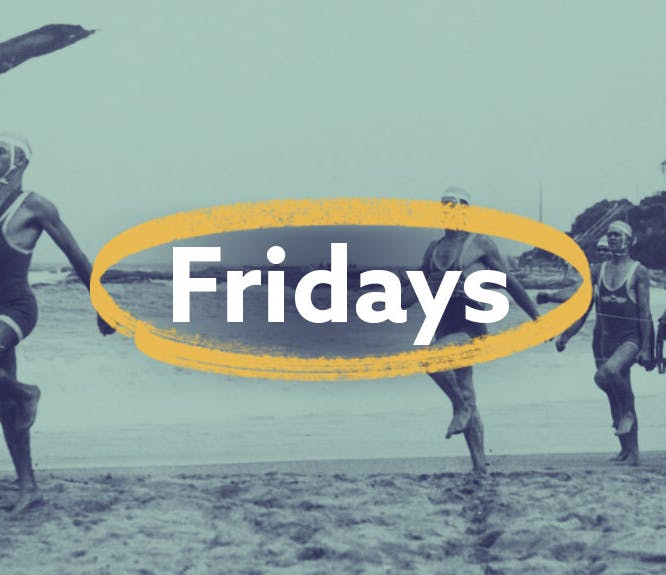The true causes of the New York City Draft Riots
6-7 minute read
By The Findmypast Team | January 6, 2016
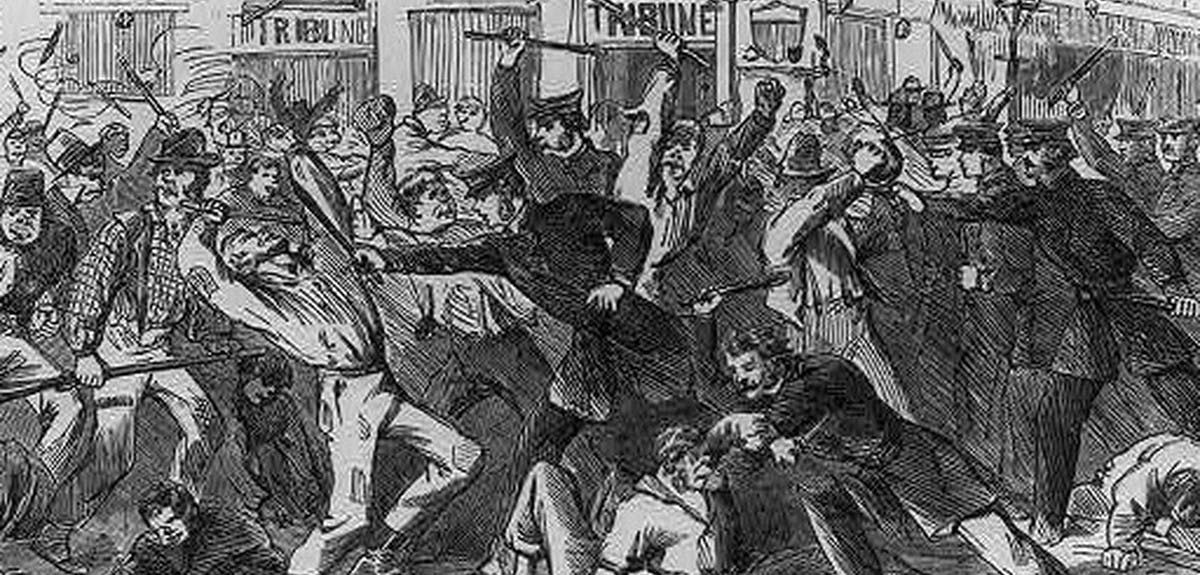
It all started when some firemen set a building aflame.
Monday July 13th, 1863 began with peaceful, albeit large protests of working class New Yorkers. Shops, factories and construction sites closed down as laborers from a multitude of industries marched through the streets holding signs that read "NO DRAFT". They all convened at the provost marshal's office on Third Avenue, where the second day of the Civil War draft was set to commence that morning.
"Workers were outraged that the wealthy could buy their way out of the draft for $300
"
Volunteer fireman, furious at having recently lost their usual draft exemption, were also in the crowd. One group in particular, the "Black Joke" Engine Company initiated the violence by chasing off the meager police force trying to keep order. They then lead the crowed, which smashed the windows of the office, destroyed the draft documents and set the entire building on fire.
"The Draft Riots still stand as the largest single insurrection in U.S. history
"
As the rest of the crowd violently rebuffed attempts by various law-enforcement groups to intervene, police-on-protester skirmishes spread throughout the city. Thousands poured out of crowded tenement buildings and chaos broke loose in the sweltering summer heat. The crowds began to target wealthy New Yorkers, African-Americans and symbols of the Republican establishment.
Former policemen and others known to be government agents were mercilessly beaten by the crowds if they were unlucky enough to be identified.
The attacks on African-Americans were the most gruesome - lynchings, beatings, robberies and arson were all committed in broad daylight throughout the city. A large mob attacked the Colored Orphan Asylum on 43rd street, burning the building to the ground. The 237 children of the orphanage escaped only thanks to the help of a small group of firemen.
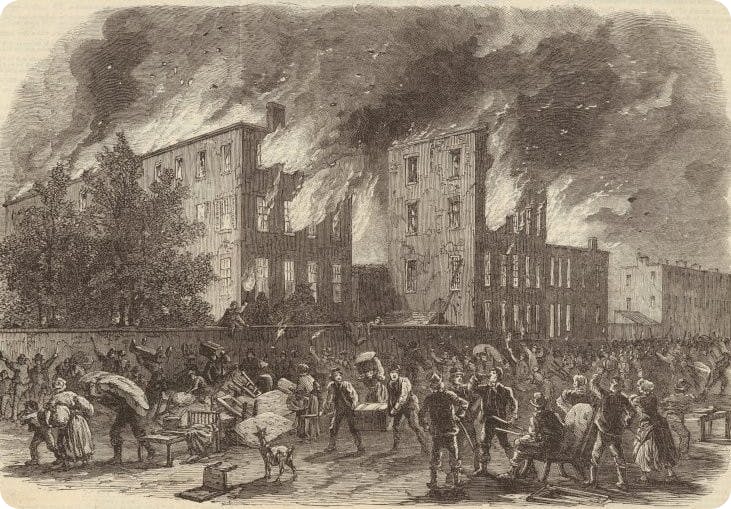
Crowds also attacked uptown mansions, destroying or threatening the homes of many prominent New Yorkers. Republican newspapers were also attacked - the New York Times office only survived because the mob came face to face with editor Henry J. Raymond manning a Gatling gun:
Staring down the barrel of one of these is enough to dissuade even the most angry mob.
A torrential downpour halted the destruction that night, but the rioters returned in full force the next morning, this time making sure to arm themselves with guns whenever possible. A large group of rioters died trying to raid a Manhattan armory when the crowd outside set the building on fire and it collapsed.
In addition to continuing the brutality of the previous day, the rioters also took steps to prevent reinforcements from reaching the city. They systematically destroyed rail and telegraph lines, as well as boat slips.
Some inside the city acted to restore order - wealthy business owners armed and organized their willing employees to combat the rioters, alongside police and the few soldiers (mostly disabled veterans) present. Some gentlemen and many members of the clergy took a peaceful approach to calming the crowds, and in many cases they helped avert further bloodshed.
By the third day of the riots, reinforcements began to arrive and soldiers exacted brutal revenge on the mob, who still resisted fiercely. In the end, it took 6,000 troops fighting an ugly style of urban warfare to finally quell the violence.
To this day, the New York City Draft Riots of 1863 stand as the largest single armed insurrection in U.S. history. What could have caused such a historic outburst of violence?
It wasn't just the draft.
And it wasn't just racial tension.
To fully understand, we need to paint a picture of the powder keg that was New York in 1863.
Powder Keg: New York in 1863
The Draft Riots resulted from a perfect storm of civil unrest - the social, political and economic conditions were just right, and some circumstances outside New York are a major reason this became the largest riot in American history.
In the few years leading up to the riots, the value of currency plummeted while wages only marginally increased. As prices of food, rent and energy skyrocketed at the same time, the working poor were squeezed from both sides. The war also sucked up a lot of money from private and public institutions that would have aided the poor in New York.
Shelter became a problem too - commercial and industrial operations began to replace residential areas in lower Manhattan, causing a forced movement of people that led to incredibly crowded housing. The population density of some neighborhoods reached 290,000 people per square mile - compare this to modern day Manhattan (quite crowded by contemporary standards), which has approximately 67,000 people per square mile!
"The population density of some neighborhoods reached 290,000 people per square mile - over 4x as crowded as modern day Manhattan
"
All of these conditions led to labor struggles, and employers often used African-American strike-breakers. Disgruntled whites began to anger over blacks taking labor jobs, and this combined with typical 19th-century racism drove many to oppose the war and the Emancipation Proclamation.
Politically, Republicans (the party of Lincoln) supported the war and abolition, though some only begrudgingly. Democrats more or less split on the issue - the "Peace Democrats" in New York were the faction that opposed both emancipation and the war itself.
A cartoon depicting President Lincoln being chased by "Copperheads", a derogatory nickname for Peace DemocratsAmerican political prints, 1766-1876 / Bernard F. Reilly. Boston : G.K. Hall, 1991, entry 1863-8 via Library of Congress
In 1863, the Peace Democrats swept into power in New York, taking advantage of public anger of the war's cost (in human life and money), poor conditions for the lower class, and the exaggerated threat of freed Southern blacks stealing jobs away from native New Yorkers.
"Without the influence of a monumental external event, the Draft Riots may never have happened in the first place.
"
Not only was the war (allegedly) causing New Yorkers to lose their jobs, participation soon became an obligation.
In March of 1863, Congress passed a National Conscription Act - men between the ages of twenty and thirty-five would be enrolled in a draft lottery, and 26,000 men from New York would be forced into the ranks of the Union Army. The real outrage among New Yorkers was the fact that one could buy their way out of the draft for $300 - impossible for most, but very easy for the wealthy.
While this explains the motivation for the mob's anger, there's one final key - without the influence of a monumental external even, the Draft Riots may never have happened in the first place.
Robert E. Lee sets the conditions for chaos
On June 27th, just a few weeks before the Draft Riots, Confederate General Robert E. Lee and the Army of Northern Virginia invaded the North. Almost all available troops in the New York area mobilized to join the Union army that would fight at Gettysburg on July 1st. The absence of a military presence during the riots may not be seen as a direct cause, but it was the foremost factor in how out of control things got.
Riots were far from uncommon in 19th century New York, and the local militia had been instrumental in quelling two riots in the previous decades- The Dead Rabbits Riot in 1857 and the Astor Place Riot in 1849 both began with violence and arson, but didn't come close to the Draft Riots due to the militia's quick response.
It's impossible to say for sure, but easy to imagine that if there was a larger militia presence in the city, the unrest never would have spread beyond the provost marshal's office.
The Perfect Storm: Can we identify one single cause?
Though the riots were a direct response to the federal draft, there is clearly more to the story here. In reality, the draft was simply the straw that broke the camel's back. Without the underlying causes, there are probably no draft riots.
We can confidently identify the following key factors that contributed to the riots:
Class warfare: The lower classes of the city had been suffering for some time, and began to see the war as just another way for the upper class to profit from their suffering. Their rage was at more than just the draft - it was at the wealthy elite who were thriving while they struggled, and who could easily buy their way out of the draft for $300.
- Racial warfare: 19th century New Yorkers (like most Americans at this time in history) held racial prejudices to begin with, and the lower classes had recently been whipped into a frenzy by the Peace Democrats. Blacks were an easy scapegoat for the problems of the lower classes, and many politicians used racial hatred to earn votes - once the elections were over, the anger remained.
- Political warfare: Many New Yorkers thought the city was the victim of the Republican federal government punishing a locality with many anti-war Democrats in power. In addition to the drafts, some prominent New Yorkers were threatened by the government for allegedly seditious speech throughout the civil war. In some ways the riots won a victory of sorts for the Democrats - the number levied from New York City was reduced from 26,000 to 12,000 in the following weeks.
- Human development & living conditions: Simply put, there was an enormous and dense population of poor, uneducated New Yorkers living in squalor. Having recently been riled up by the Peace Democrats, racial hatred was at it's peak, and drunken criminal activity was a norm of every day life for many. Especially given the sweltering heat of the day (noted in the writing of many participants), the violence seems like an obvious occurrence.
But it's impossible to say that any one thing was the main or primary cause of the insurrection. Like many historical events, the reality is that the it was the unique blend of these causes and circumstances as a whole that led to the occurrence of the unrest.
The forgotten Eggnog Riot: How Jefferson Davis ruined Christmas at West Point
Related articles recommended for you
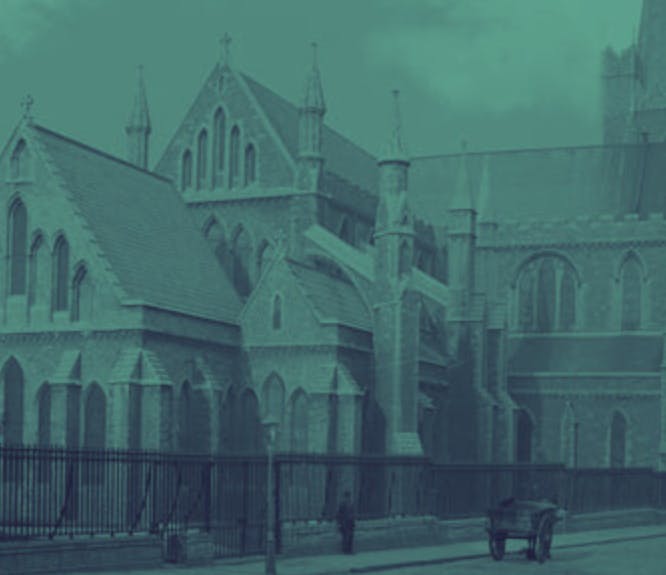
Irish family history and minority religions in Ireland
History Hub

'Their hunger will not allow them to continue': the victorious London dockers' strike of 1889
History Hub
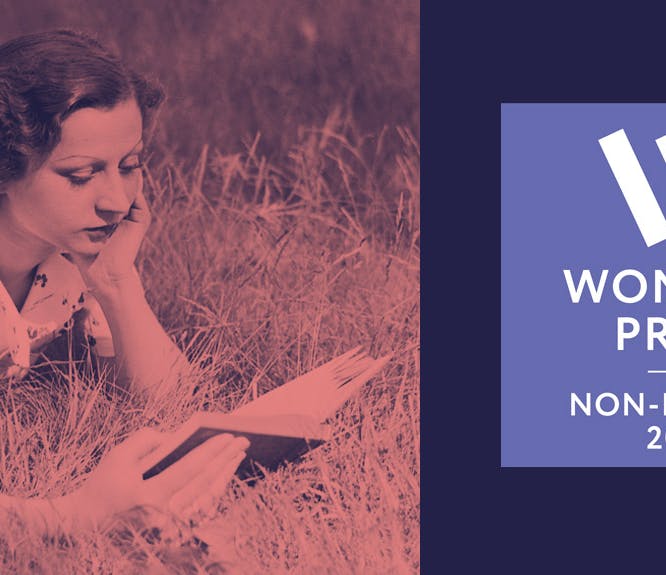
The Women's Prize Trust announces Findmypast as the inaugural sponsor of the Women's Prize for Non-Fiction
The Findmypast Community
